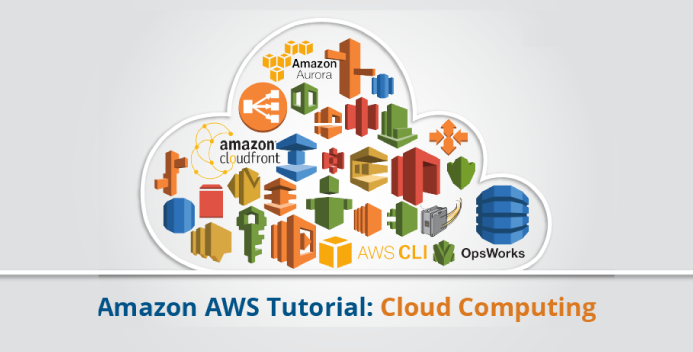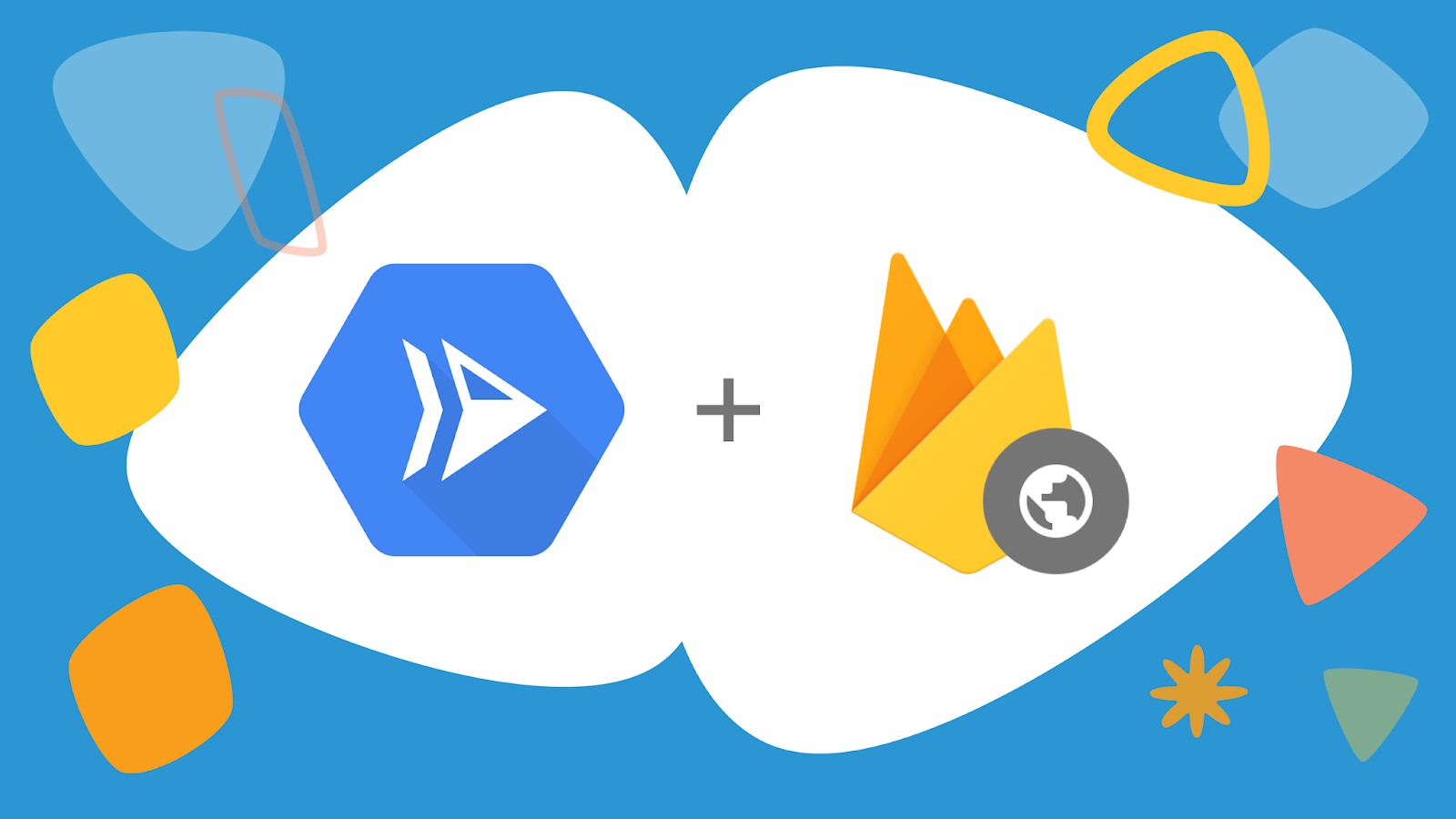
A website is an interconnected collection of pages on the Internet that are grouped together under a single name or address called a URL. These pages are a collection of interlinked pages on the Internet that contain information or service which can be accessed publicly. The information may be presented in different formats like text, images or videos.
Web browsers allow users to access the website hosted on the web server. The browser makes an HTTP request to the website's server, and the server then returns the desired webpage content.
Once the page is available to the browser, it then paints it to the screen using a technique known as "rendering". The page stays blank for several seconds before the content is displayed.
Initial search results are all
Link>
These are the elements that tell the browser how to apply style sheets (CSS), JavaScript, and other scripts on a page. These are the elements that tell the browser where to find the style sheets (CSS) and JavaScript that should be applied to the page.
It then

parses these code files and renders the HTML, CSS and JavaScript to the screen. This process creates an in-memory DOM tree and applies the styles from the CSSOM tree to produce a visual representation of the page.
The browser then uses these elements to interact the page. Clicking a button can be used to interact with an image, video or download any files that a website may need.
The Domain Name System, or DNS, allows computer-readable IP addresses to be assigned to websites. The DNS system also tracks the IP address of every web server and is a crucial part of how the Web works.
The DNS system provides the information about each domain name when the user types in the URL. The DNS system turns the human-readable name of the domain into a machine-readable address, which the computer is able to read and can send back the the web browser.
Once the IP is received, the web-browser sends a second HTTP request to the website server. It sends to the server HTML, CSS and JS for the site it's looking for.

Repeat this process until all HTML codes, CSS codes and JS code are retrieved. Once the code is retrieved the browser displays the page and allows the user to interact.
The information you see on the internet is a product of several powerful inventions that make it possible to access data from many remote computers worldwide. These inventions consist of the Internet Domain Name System, and the World Wide Web. The Internet, the Domain Name System and the World Wide Web are key technologies for finding the information you need on Web no matter how complex or where on earth it may be.
FAQ
Do I have to use a template?
Yes! Many people use pre-built templates or frameworks when creating a website. These templates include all of the code required to display the information on your webpage.
These are some of the most requested templates:
WordPress - One of the most used CMSes
Joomla - another popular open source CMS
Drupal - an enterprise-level solution that large organizations use
Expression Engine - A proprietary CMS from Yahoo
Each platform has hundreds of templates, so it should not be hard to find the one that you like.
What is the best platform to design a website on?
WordPress is the best platform when it comes to designing websites. It offers all the features that you need to build a professional-looking website.
It is easy to customize and install themes. You can choose from thousands of free themes available online.
Plugins can be used to enhance functionality. These plugins enable you to add social media buttons and forms to your contact pages.
WordPress is also very user-friendly. You don't even need to know HTML code in order to modify your theme files. All you need to do is click on an icon and select what you want to change.
There are many options, but WordPress is the best. Millions of people use it every day.
How much does a website cost?
The answer to that question depends on the purpose of your website. Google Sites may not be required if you simply want to provide information about yourself or your company.
However, if you want to attract visitors to your website, you'll likely want to pay for something more robust.
The most popular solution is to use a Content Management System (like WordPress). These programs can be used to build a website quickly and easily without having to know any programming. And because third-party companies host these sites, you won't need to worry about getting hacked.
Squarespace, a web design service, is another option. There are a number of plans available, with prices ranging from $5 per Month to $100 Per Month depending on the features you wish to add to your website.
Statistics
- Did you know videos can boost organic search traffic to your website by 157%? (wix.com)
- When choosing your website color scheme, a general rule is to limit yourself to three shades: one primary color (60% of the mix), one secondary color (30%), and one accent color (10%). (wix.com)
- It's estimated that in 2022, over 2.14 billion people will purchase goods and services online. (wix.com)
- The average website user will read about 20% of the text on any given page, so it's crucial to entice them with an appropriate vibe. (websitebuilderexpert.com)
- It enables you to sell your music directly on your website and keep 100% of the profits. (wix.com)
External Links
How To
What is Website Hosting?
Website hosting is the location where people go when they visit websites. There are 2 types.
-
Shared hosting - This is the cheapest option. Your website files will reside on a server belonging to someone else. Customers visit your website and send their requests over the Internet to this server. The server owner then forwards the request to you.
-
Dedicated Hosting - This option is the most costly. Your website resides entirely on one server. Your traffic stays private as no other websites can share the same server.
Most businesses choose shared hosting because it's less expensive than dedicated hosting. With shared hosting, the company that owns the server provides the resources needed to run your website.
Both options have their pros and cons. Here are the main differences between them:
Sharing Hosting Pros
-
Lower Cost
-
Easy To Set Up
-
Regular Updates
-
It can Be Found On Many Web Hosting Companies
Hosting shared can be as low as $10 per month. But keep in mind that this price usually includes bandwidth. Bandwidth refers to the amount of data you can transfer across the Internet. You may have to pay extra for large amounts of data, even if your blog only contains photos.
You'll soon discover why you paid so much more for your previous host when you get started. Most shared hosts provide very limited customer support. Although they will help you set up your site occasionally, you are on your own once you have done that.
It is important to find a provider that provides 24-hour support. They'll take care of any issues that come up while you sleep.
Hosting dedicated:
-
More Expensive
-
Less common
-
Requires specific skills
You're getting everything you need with dedicated hosting to operate your website. You won't have worry about whether your website is using enough bandwidth, or whether it has enough RAM (random-access memory).
This means you will need to spend more upfront. But once your online business starts, you'll realize you don't need any technical assistance. You'll become an expert at managing your servers.
Which Is Better for My Business?
The answer depends on what kind of website you want to create. If you are selling products, shared hosting may be the best option. It is easy to set-up and manage. A server shared with several other sites means that you will receive frequent updates.
However, dedicated web hosting is the best way to build a community around you brand. You can focus on building your brand without worrying about handling your traffic.
Bluehost.com is the best web host for both. They offer unlimited monthly data transfers, 24/7 support, free domain name registration, and a 30-day money-back guarantee.